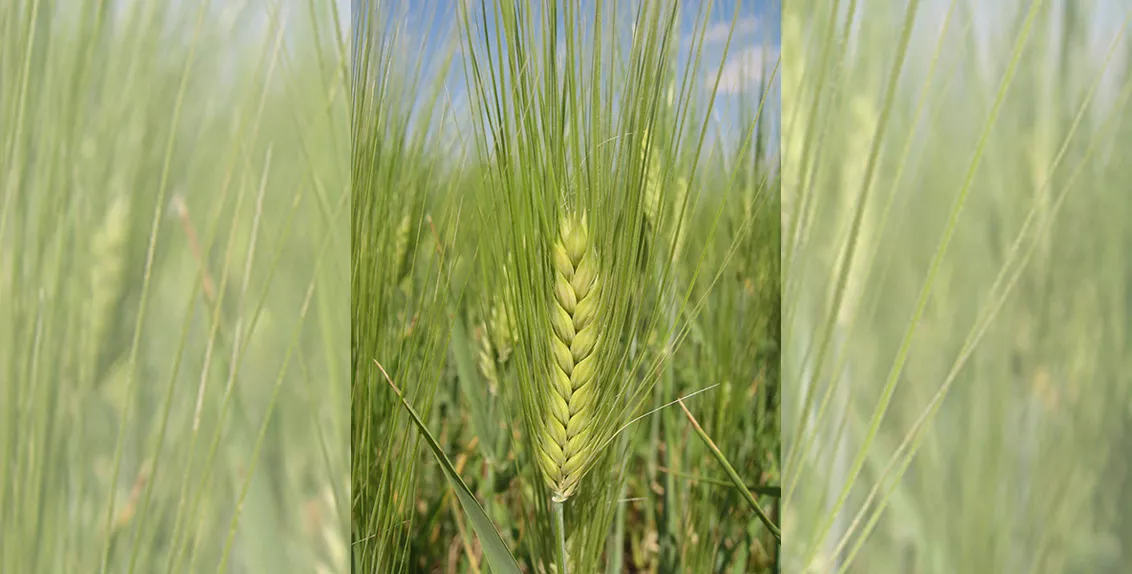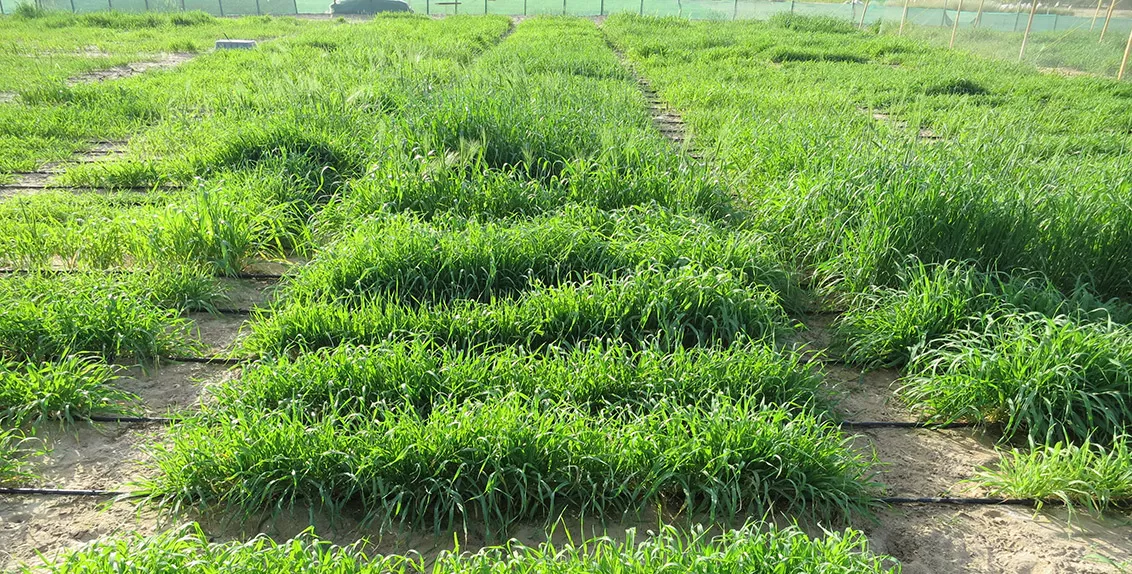Study discovers new salt tolerance traits in two-row spring barley
Soil and water salinity is a major constraint on agriculture, particularly in arid and semi-arid regions. Caused by a range of man-made and natural factors, including poor irrigation practices and seawater intrusion, it is exacerbated by climate change.
So it is important to breed new varieties of crops that withstand soil and water salinity, as well as other stresses. This, in turn, requires understanding the mechanisms by which different plants, including barley – a major crop and the most salt-tolerant cereal - cope with soil and water salinity.
This was the purpose of a recent study conducted by an international team of scientists from several research institutions, including the International Center for Biosaline Agriculture (ICBA), with financial support from the King Abdullah University of Science and Technology (KAUST).
Published in PLOS ONE, the study aimed to shed new light on the mechanisms underlying two-row spring barley’s response to soil and water salinity.
As part of the study, scientists evaluated a diversity panel of 377 two-row spring barley genotypes during the vegetative (in controlled-environment conditions) and reproductive (in field conditions) stages using an "interaction model" which considered the interaction between treatment (control and salinity) and genetic markers.
In controlled-environment conditions, scientists used a high-throughput phenotyping platform to assess growth-related traits under control and saline conditions, whereas in field conditions, agronomic traits were measured on plots irrigated with either fresh or saline water (15 deciSiemens per meter).
As a result, they identified several loci (a specific, fixed position on a chromosome where a particular gene or genetic marker is located) associated with yield traits related to salinity tolerance.
In particular, they discovered that the two growth stages did not share genetic regions associated with salinity tolerance traits. This finding suggests that different mechanisms play distinct roles throughout two-row spring barley’s life cycle.
What is more, the association analysis showed that genetically defined areas containing known flowering genes called Vrn-H3, Vrn-H1, and HvNAM-1, were responsive to salt stress.
According to Dr. Mohammad Shahid, a geneticist at ICBA and a co-author of the study: "In this study, we used an association mapping approach to identify loci that control components of salinity tolerance with a particular emphasis on identifying quantitative trait loci (QTL) for the difficult-to-study shoot ion-independent mechanism. We conducted a phenotyping analysis of the two-row spring barley accessions originating from Europe at The Plant Accelerator, Adelaide, Australia, and at ICBA, Dubai, the United Arab Emirates. To study yield-related traits, we conducted trials for two consecutive years at ICBA, irrigating plots with either fresh or saline water. Because of its sandy soil and very low precipitation, the location at ICBA was ideal for field trials to study salinity tolerance during the reproductive stage."
The study is the first to evaluate a barley diversity panel for salt stress under both controlled-environment and field conditions. Its findings could be used for marker-assisted selection in breeding programs for marginal areas.

